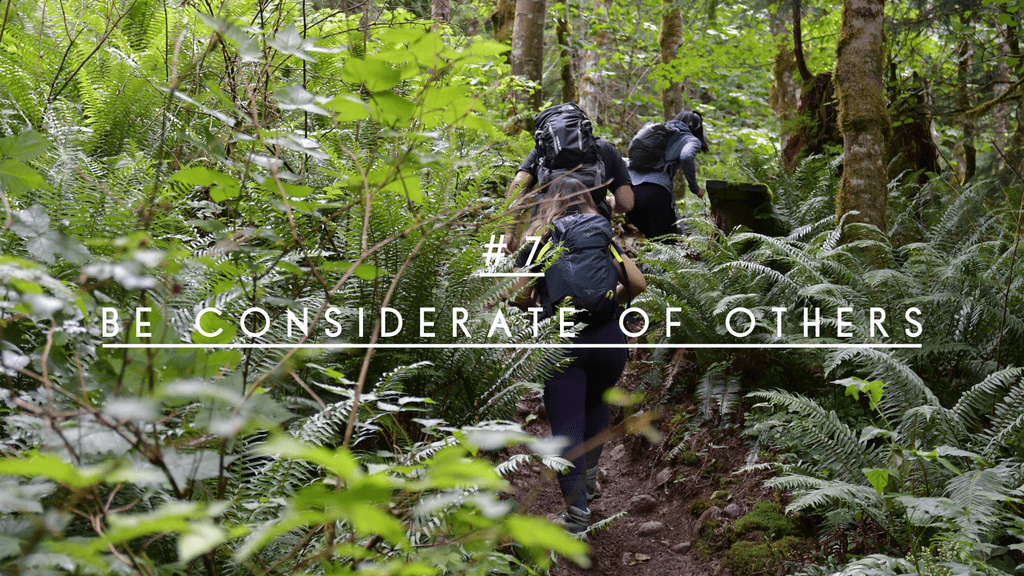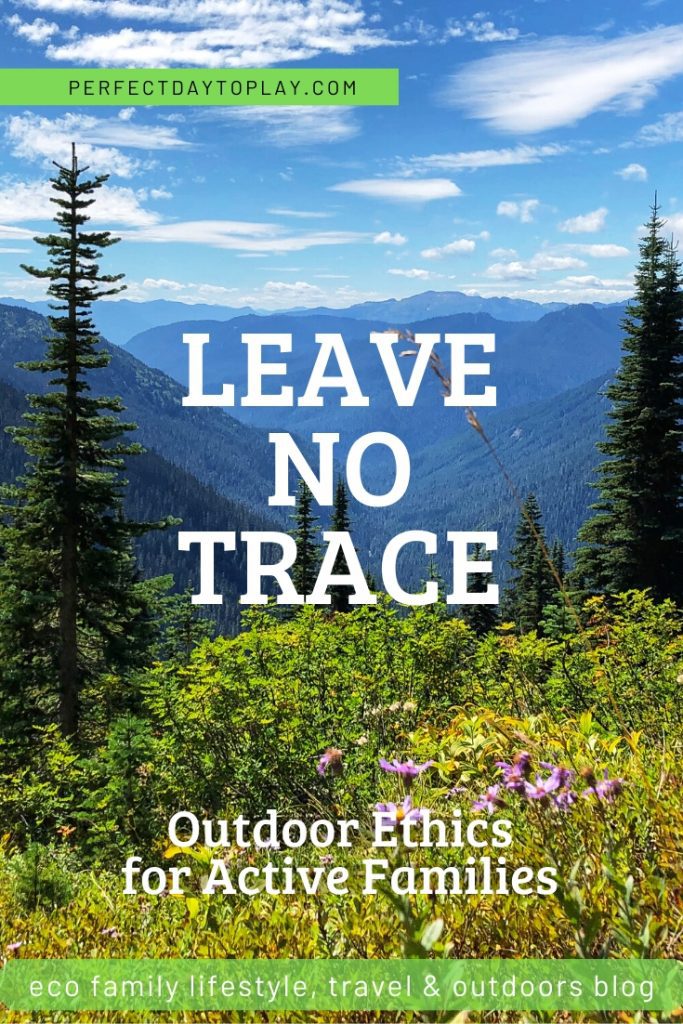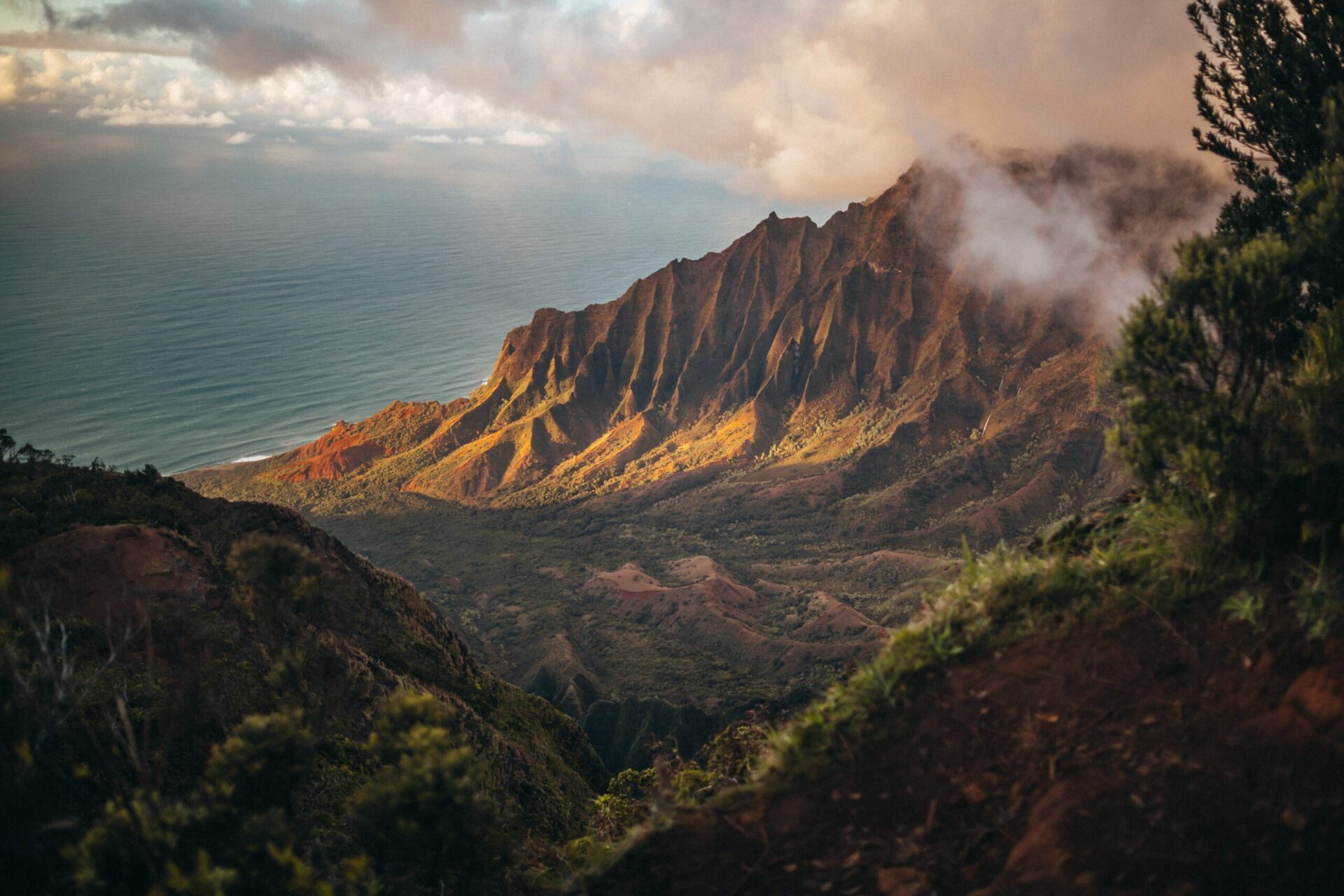This article discusses popular hiking and trekking destinations around the world. It highlights iconic trails like the Inca Trail in Peru and lesser-known gems like the Annapurna Circuit in Nepal. The article also emphasizes the importance of physical and mental preparation for a hiking or trekking adventure.
Key Takeaways:
- Respect and follow the Leave No Trace principles to minimize your impact on the environment.
- Plan and prepare adequately before embarking on a hike or trek to ensure safety and enjoyment.
- Stay on designated trails to protect natural habitats and avoid damaging sensitive ecosystems.
- Be mindful of wildlife and their habitats, keeping a safe distance and avoiding any disturbance.
- Support local communities by engaging in responsible tourism practices, such as hiring local guides and respecting cultural norms.
Popular Hiking and Trekking Destinations Around the World
Hiking and trekking are popular activities for outdoor enthusiasts, offering a chance to explore stunning landscapes and challenge oneself physically. There are countless destinations around the world that offer exceptional hiking and trekking opportunities. From iconic trails like the Inca Trail in Peru to lesser-known gems like the Annapurna Circuit in Nepal, these destinations cater to all levels of experience and fitness.
Some popular hiking destinations include:
- The Appalachian Trail in the United States, stretching over 2,000 miles through 14 states.
- The Camino de Santiago in Spain, a network of pilgrimage routes leading to the Cathedral of Santiago de Compostela.
- The Milford Track in New Zealand, known for its breathtaking fjords and waterfalls.
Inca Trail, Peru
The Inca Trail is one of the most famous hiking routes in the world, leading to the ancient ruins of Machu Picchu. This four-day trek takes you through diverse landscapes, including lush cloud forests and high mountain passes. Along the way, hikers can marvel at Incan ruins and enjoy panoramic views of the Andes Mountains.
Annapurna Circuit, Nepal
The Annapurna Circuit is a challenging yet rewarding trek that encircles the Annapurna Massif in Nepal. This three-week journey takes hikers through remote villages, terraced fields, dense forests, and high mountain passes. The highlight of this trek is reaching Thorong La Pass at an elevation of 5,416 meters (17,769 feet), offering breathtaking views of snow-capped peaks.
Preparing Physically and Mentally for a Hiking or Trekking Adventure
Embarking on a hiking or trekking adventure requires proper physical and mental preparation to ensure a safe and enjoyable experience. It is important to gradually increase your fitness level through regular exercise, including cardiovascular activities and strength training. Additionally, practicing hiking with a loaded backpack can help you get accustomed to the weight you’ll carry during your trip.
Mental preparation is equally important. Hiking and trekking often involve long hours of walking, challenging terrain, and unpredictable weather conditions. It’s essential to develop a positive mindset, be prepared for unexpected challenges, and have realistic expectations about your abilities.
Fitness Training
- Start with shorter hikes or walks and gradually increase the distance and difficulty.
- Incorporate cardiovascular exercises such as jogging, cycling, or swimming into your routine.
- Include strength training exercises to build endurance in your legs and core muscles.
Mental Preparation
- Research the trail or route you will be hiking to understand its challenges and requirements.
- Visualize yourself successfully completing the hike or trek, focusing on positive outcomes.
- Practice stress-management techniques such as deep breathing or meditation to stay calm during challenging situations.
Essential Items to Pack for a Hiking or Trekking Trip
When preparing for a hiking or trekking trip, it is crucial to pack the right gear and essentials to ensure a safe and enjoyable experience. Here are some essential items that should be included in your backpack:
Clothing
- Durable hiking boots or shoes
- Moisture-wicking socks
- Layered clothing (including a waterproof jacket)
- Hat and sunglasses for sun protection
- Gloves and warm hat for cold weather
Navigational Tools
- Map and compass (and the knowledge of how to use them)
- GPS device or smartphone with offline maps
- Whistle for emergency signaling
- Headlamp or flashlight with extra batteries
Safety Equipment
- First aid kit with essential supplies
- Sunscreen and insect repellent
- Emergency shelter (such as a lightweight tent or bivy sack)
- Pocket knife or multi-tool
- Adequate supply of water and water purification method (such as a filter or tablets)
Packing these essential items will help you stay prepared for any situation that may arise during your hiking or trekking adventure.
Minimizing Environmental Impact While Exploring Nature
As outdoor enthusiasts, it is our responsibility to minimize our impact on the environment while enjoying nature. Here are some tips on how to reduce your environmental footprint:
Pack Out What You Pack In
Always carry a trash bag with you and make sure to pick up any litter you come across, even if it’s not yours. Leave no trace of your presence and help keep the trails clean for future hikers.
Stick to Designated Trails
By staying on established trails, you avoid trampling fragile vegetation and disturbing wildlife habitats. Straying off the path can cause irreversible damage to the ecosystem.
Respect Wildlife
Observe animals from a distance and never feed or approach them. Keep noise levels low to avoid causing stress or disturbance to wildlife.
Use Biodegradable Products
When selecting camping gear or personal care products, opt for biodegradable options that are less harmful to the environment. Avoid using single-use plastics whenever possible.
By following these guidelines, we can ensure that our love for hiking and trekking does not harm the natural beauty we seek to enjoy.
Safety Precautions for Hiking or Trekking in Remote Areas
Hiking or trekking in remote areas can be an exhilarating experience but also comes with its own set of risks. Here are some safety precautions to consider:
Research and Plan Your Route
Prioritize thorough research about the area you plan to explore. Familiarize yourself with the terrain, weather conditions, potential hazards, and emergency exit routes. Inform someone about your itinerary before setting off.
Come Prepared with Adequate Supplies
Pack enough food, water, and clothing for unexpected delays or emergencies. Carry a first aid kit, navigation tools, extra batteries, and a communication device (such as a satellite phone) if necessary.
Check Weather Conditions
Stay updated on weather forecasts before and during your hike. Be prepared to adjust your plans or turn back if conditions become unsafe, such as during thunderstorms or extreme heat.
Travel in a Group
Hiking with others is not only more enjoyable but also safer. If you choose to hike alone, inform someone about your plans and expected return time. Consider joining a local hiking club or finding a hiking partner through online forums.
By taking these safety precautions, you can minimize the risks associated with hiking or trekking in remote areas and ensure a safer adventure.
Tips for Finding and Following Established Trails During a Hike or Trek
When embarking on a hike or trek, it is essential to find and follow established trails to ensure a smooth and enjoyable journey. Here are some tips for locating and staying on the right path:
Research Trail Maps
Prior to your trip, study trail maps and gather information about the route you plan to take. Look for reliable sources such as guidebooks, official park websites, or local hiking organizations.
Use GPS Devices or Smartphone Apps
Utilize GPS devices or smartphone apps that offer offline maps and navigation features. These tools can help you track your progress and stay on the designated trail even in areas with poor cell reception.
Look for Trail Markers
Keep an eye out for trail markers such as painted blazes on trees, cairns (stacked rocks), or signs indicating the correct path. These markers are often placed at regular intervals along the trail.
Ask Locals or Fellow Hikers
If you’re unsure about the trail’s location or direction, don’t hesitate to ask locals or fellow hikers for guidance. They may provide valuable insights and tips based on their own experiences.
By following these tips, you can navigate established trails with confidence and avoid getting lost during your hike or trek.
Guidelines for Responsible Camping During a Multi-Day Hike or Trek
Camping during a multi-day hike or trek allows you to fully immerse yourself in nature. To ensure responsible camping practices, consider the following guidelines:
Select Appropriate Campsites
Choose designated campsites whenever possible. These areas are specifically designed to minimize environmental impact and often have amenities such as fire pits and toilets.
Pack Out Your Waste
Dispose of waste properly by packing out all trash, including food scraps and hygiene products. Leave no trace of your presence at the campsite to preserve the natural beauty for others.
Use Established Fire Rings
If campfires are allowed, use existing fire rings rather than creating new ones. Keep fires small and manageable, using only dead wood that can be easily collected from the ground.
Respect Quiet Hours
Be mindful of other campers by observing quiet hours during early mornings and late evenings. Keep noise levels low to allow everyone to enjoy the tranquility of the surroundings.
Leave Nature Undisturbed
Avoid damaging vegetation or disturbing wildlife around your campsite. Use designated paths when accessing water sources and be cautious not to contaminate them with soap or other pollutants.
By adhering to these guidelines, we can ensure that our camping practices have minimal impact on the environment and preserve the beauty of our natural surroundings for future generations.
Contributing to the Conservation of Natural Habitats During Hiking and Trekking
As hikers and trekkers, we have the opportunity to contribute to the conservation of natural habitats. Here are some ways you can help protect these fragile ecosystems:
Stay on Designated Trails
By sticking to established trails, you minimize trampling on delicate vegetation and prevent soil erosion. Straying off the path can disrupt wildlife habitats and cause irreversible damage.
Avoid Disturbing Wildlife
Observe animals from a distance and avoid approaching or feeding them. Respect their natural behavior and refrain from making loud noises that may cause stress or disturbance.
Participate in Citizen Science Projects
Contribute to scientific research by participating in citizen science projects focused on monitoring wildlife populations, collecting data on invasive species, or documenting changes in habitat conditions.
Support Local Conservation Organizations
Donate to or volunteer with local conservation organizations that work towards preserving natural habitats. These organizations often organize clean-up initiatives, habitat restoration projects, and educational programs.
By actively engaging in conservation efforts during our hiking and trekking adventures, we can make a positive impact on the preservation of our planet’s biodiversity.
Organizations and Initiatives Promoting Responsible Hiking and Trekking Practices
Several organizations and initiatives are dedicated to promoting responsible hiking and trekking practices. Here are a few notable ones:
The Leave No Trace Center for Outdoor Ethics
This organization provides education and resources on minimizing environmental impact while enjoying outdoor activities. They offer guidelines for responsible hiking, camping, and other outdoor pursuits.
Websites:
The International Union for Conservation of Nature (IUCN)
The IUCN is a global organization that works towards conserving nature and biodiversity. They provide valuable information on sustainable tourism practices and guidelines for minimizing environmental impact.
Websites:
National Park Service (NPS)
The NPS manages various national parks in the United States and focuses on preserving natural and cultural resources. Their website offers information on responsible hiking, camping, and Leave No Trace principles specific to national parks.
Websites:
By supporting these organizations and initiatives, we can contribute to the promotion of responsible hiking and trekking practices on a larger scale.
In conclusion, by practicing responsible hiking and trekking, we can enjoy the beauty of nature while preserving it for future generations.
How is hiking related to sustainability?
As individuals engage in hiking more frequently, they develop a heightened understanding of the advantages of recycling and the consequences of not practicing it. For instance, when using gas canisters or bottled water during hiking trips, one must also carry the empty containers. This applies to weekend excursions, as well as more challenging treks like Mount Everest or the Appalachian Trail.
What is difference between trekking and hiking?
The distinction between hiking and trekking can be simplified as follows: hiking is a lengthy and energetic walk in a natural setting along designated trails or footpaths, typically lasting for a day or overnight. Trekking, on the other hand, involves a more strenuous and extended hike in the wilderness over multiple days.
What makes an activity sustainable?
Sustainability refers to the capacity to sustain or support a process over a long period of time. It is commonly divided into three main concepts: economic, environmental, and social. Numerous businesses and governments have made commitments to sustainable objectives, such as reducing their impact on the environment and preserving resources.
How does walking help sustainability?
Choosing to walk or bike for shorter trips instead of using a vehicle can have a positive impact on biodiversity. This decision reduces noise, air pollution, and greenhouse gas emissions that contribute to global warming.
What is the purpose of hiking?
Hiking is a form of exercise that is good for the heart, as it improves cardiovascular health and can help lower blood pressure and regulate blood sugar levels. Additionally, hiking strengthens the muscles in the legs, improves core stability, and enhances balance.
What are the 3 main principles of sustainability?
The concept of sustainability is built on the principles of the economy, society, and the environment, which are often referred to as profit, people, and planet. These principles form the foundation of sustainability.





